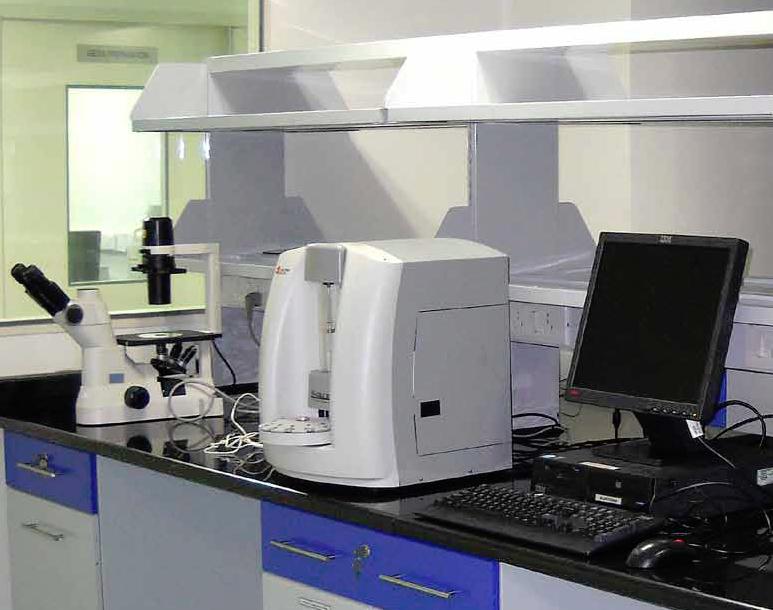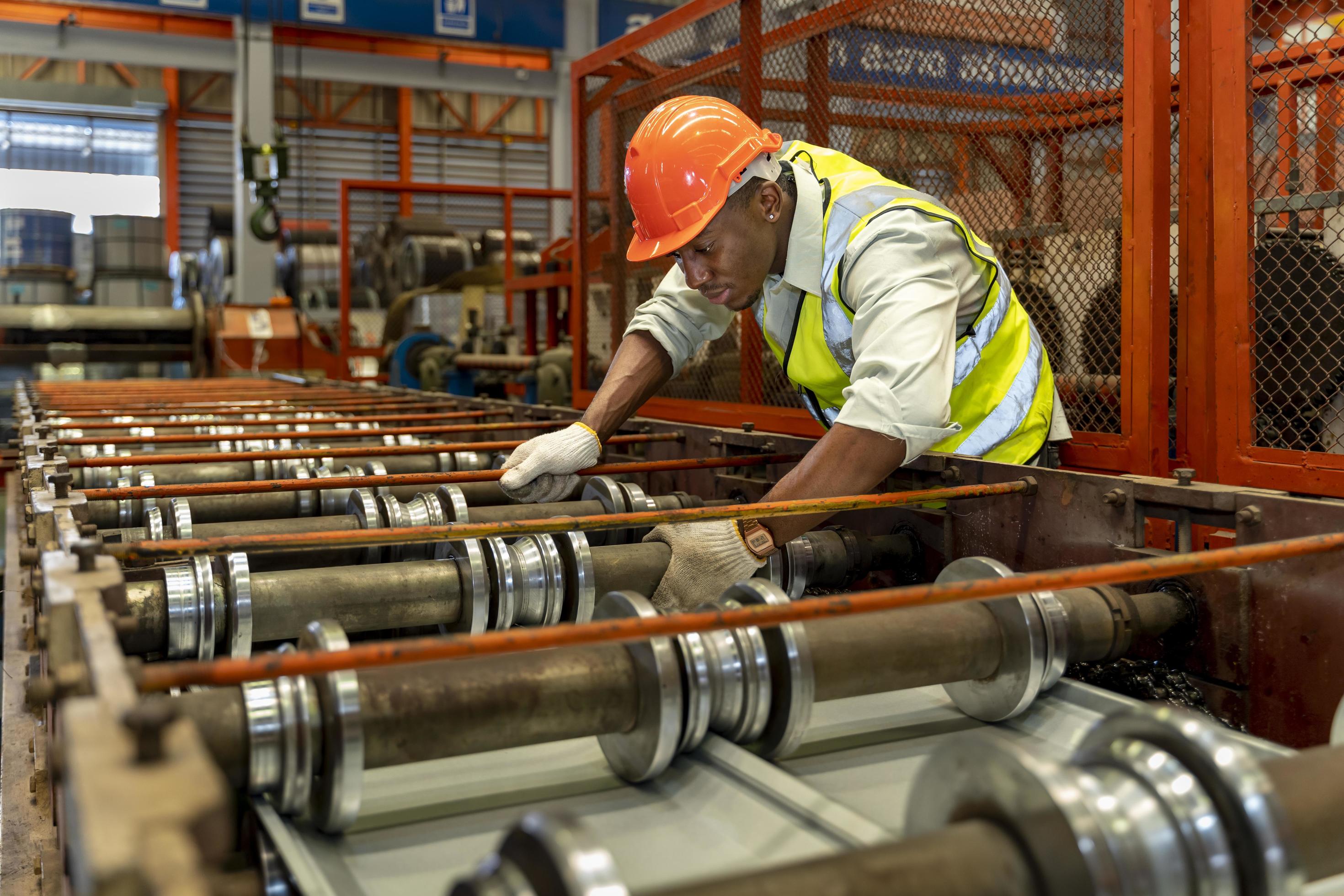
India is rapidly becoming the world hub for biotechnology research, with the quality of its scientists, doctors and pharmacology researchers regarded as second to none. Newly restructured Life Technologies is ready to give them the tools they need, enabling them to make rapid and meaningful progress in the areas of basic and medical research.
Life Technologies declares that it is a company dedicated to improving the human condition, and it would be hard to argue that this is not the case. In less than 40 years since RNA and DNA sequencing became possible through the work of Frederick Sanger and Walter Gilbert, these techniques have become fundamental tools for advancing medical diagnostics, organ transplantation, agricultural and environmental research, and forensics.
Invitrogen, founded at Carlsbad, California, in 1987, rapidly became the leading global supplier of the high grade reagents, media and consumables that support this activity. In 2008 it acquired Applied Biosystems, the company that provided most of the equipment used in the Human Genome Project. In doing so, it added to its portfolio a global supplier of machines and materials used by academic and pharmaceutical industry research laboratories. Today, the combined company—renamed Life Technologies—has an annual turnover of more than $3.3 billion, and demonstrates convincingly that improving the human condition also makes for a sound business proposition.
The last two years have been a period of integration between the two companies under the Life Technologies brand, a process that was completed with the establishment of Life Technologies, South Asia, in November 2010. Devashish Ohri, who joined the company from one of its major private sector customers Eli Lilly, was appointed in April 2010 to lead the regional business, based in Bangalore—previously, he says, Invitrogen operated as a separate entity in India, while Applied Biosystems did its business through a dealer.
The strategy in India and across Asia will be to focus on creating a one-stop-shop for biotechnology customers whether in government laboratories, pharmaceuticals or clinical research organisations, says Ohri. “Our competitors can typically provide either instruments or certain consumables, but we have the capability of supplying from under one roof a wider spectrum of instruments, nearly 65,000 consumables, and software relevant to biotechnology research and bioinformatics.”
For the moment, India will remain the main focus for Life Technologies, where it has increased its number of offices from one to five and its staff level to 200—though Ohri expects this to go up to 300 by the end of this year. “We increased our distribution capability fivefold; we also support markets in neighbouring South Asian countries including Pakistan, Sri Lanka and Bangladesh. Biotech activity has started growing as these economies stabilise.”
The largest customer sector for Life Technologies, South Asia consists of government-funded research labs, hospitals and universities. “It’s like anywhere else in the world in that they are looking for cures for any number of common diseases, insulin regeneration ability for diabetes and the like. But there is a different emphasis in a developing economy like India’s in terms of: how do we find the root cause of infectious diseases and manage them, either in screening or treatment?”
If the public sector accounts for 60 per cent of the company’s business, 30 per cent comes from pharmaceutical research, one of the fastest-growing sectors in India, driven by the generic drugs industry. “A lot of biosimilars are made in India, where the chemical structure of proprietary medicines is reached through a different process.” Biosimilars or follow-on biologics are developed once the original patent has expired: they bring the price down, but are sensitive to manufacturing changes, so it is important to the generic drug companies to be able to say they are using the same reagents, culture media and serums that the original producers used.
As a global market leader in these consumables, Invitrogen stands to capture a generous share of this market, which is growing at something approaching 40 per cent per annum. Ohri estimates that in the coming two years around $80 billion worth of drugs will come off patent. This offers a two-fold opportunity to Life Technologies, since it stimulates both generic manufacturing and outsourced clinical research. “On the one hand biosimilar companies in India are ramping up production; on the other, big pharma companies are rushing to India to get their clinical research done more cheaply. Furthermore, work performed by clinical research organisations has trebled in the last two years.”
While Invitrogen retains some manufacturing capacity in Bangalore, producing specific reagents such as monoclonal antibodies, these are all exported back into the global organisation. As long as this output can be loaded into the global supply chain so that customers can expect lead times in India comparable to those in Europe or the US, there will be no real necessity for local manufacturing in order to serve customers in South Asia efficiently, he says. It’s important to realise that life sciences research scientists are an international community. “They are also keen to avail of the latest products and technologies just like their Western counterparts. In India we have had very significant penetration into the next-generation sequencing market, in which we have become market leaders.”
Last year, Life Technologies launched a new, highly accurate, flexible and user-friendly next-generation sequencing platform for genomic analysis, called the SOLiD PI system. Next-generation sequencing (NGS) is about decoding the DNA structure of the gene profile, and within India, Life Technologies already has greater market share than any competitor. “Whatever instrument is launched worldwide, we have access to it right away because our customers keep in touch with their international colleagues through online communities and blogs—they want the latest technology quickly!” says Ohri. And customers appreciate being brought to Life Technologies’ demonstration labs for hands-on experience with machines and systems where other companies can only produce brochures and simulations, he adds.
So machines from the SOLiD stable, or the new real-time PCR (polymerase chain reaction) systemthat will advance the understanding of molecular biology in the pharmaceutical discovery and clinical research markets, are vital to the pharmaceutical R&D community as are Invitrogen’s consumables. However as increasing amounts of data are generated, analyzing this data and arriving at meaningful results from it becomes a major bottleneck. Life Technologies’ global teams are developing bioinformatics software to tackle this problem. So far the Indian company’s input has been limited, but Ohri believes that more sophisticated mapping methods for the huge amount of information resulting from genomic and molecular biology experiments will present a real opportunity. “Bioinformatics is an area where we can grow even faster once we have stabilised the integration.”
The Indian economy is growing at nine per cent; the Indian biotechnology sector at 15 per cent. Ohri confidently predicts that Life Technologies will grow by 40 per cent this year, stabilising to an annual rate of 30 per cent. “We still have room to grow because we currently only contribute about 12 per cent of Life Technologies’ global turnover. But the more mature markets will be growing in single digits and we will certainly become one of the bigger markets in the next three or four years.” http://www.invitrogen.com/site/us/en/home/Global/Contact-Us/RegionalContactUs/India.html












